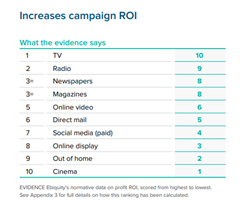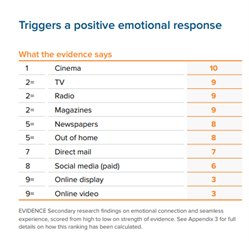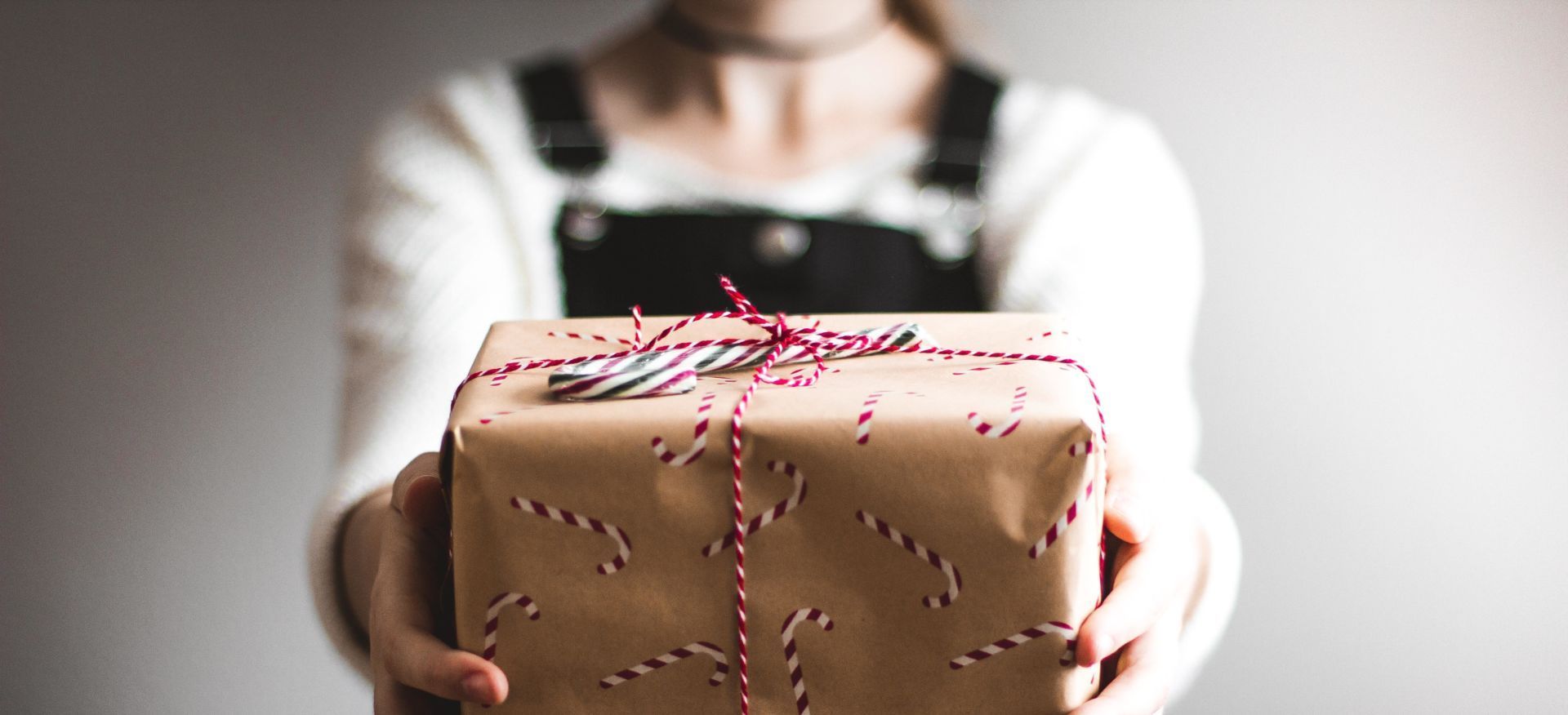
All we hear is radio ga ga
Radio is a brilliantly effective media type but can often be undervalued and can admittedly be difficult to measure. So, radio, what’s new? Let’s take a look…
Anyone who knows me, is well aware that I love a bit of audio advertising having worked for many years at a radio station group and headed up radio planning at a large network agency. It’s not right for every brief (but what is?) and it’s a specialist skill to write a great script for radio (we know some ace people who can help out in that area). Nine times out of ten though, radio can deliver cost effective reach volume against many key audiences, contributing to both short and longer term impact on sales and brand health measures.
So why do many advertisers shy away from it? Like a lot of brand advertising activity, the bottom line is that it can be hard attribute and measure direct impact. This is never music to the ears of the finance department – nor helpful when you’re the marketing lead keen to seek budget approval.
Growing numbers of people are tuning in to commercial radio
Radio in the UK is having it’s finest hour - now reaching its highest ever total audience. The most recent Rajar figures revealed that commercial radio has overtaken BBC radio channels on share of listening for the first time in 23 years! The UK total radio weekly audience now stands at 49 million people, with a whopping 88% of the population tuning in. Within that, commercial radio now reaches 36.3 million. In contrast, the BBC’s total audience has declined from 34.9 million in Q4 2015 to 33 million in the latest figures. Great news for advertisers – the opportunity to reach high volumes of consumers via radio advertising is on the up!
Couple this with the increased adoption of digital audio and the popularity of podcasts growing all the time, radio & audio platforms offer a prime opportunity for advertisers to take advantage of. We know it works; the largest advertising brands have invested heavily and consistently in radio over many years, often combining it with other media to gain that holistic multi-touchpoint effect. For me, the confidence in using radio comes from embracing both soft and hard metrics. There has to be a blend between the hard metric of “we spent this and got this back” with softer brand health metrics which you take time to build and to measure impact.
RadioCentre have some amazing supporting studies for radio advertising. One demonstrates that digital activity, whilst measurable, has significant weaknesses in areas where radio excels, including increasing brand salience and maximising campaign reach.
More importantly; radio sits above all media except TV in increasing profit ROI

and in triggering a positive emotional response - key in building those long-term memory structures for brands which are so important for improving & maintaining brand health funnel metrics.

Their study released last month called Big Audio Datamine proves the 5 key points that;
· Radio helps create future demand
· Radio helps convert existing demand
· Radio helps increase efficiency of media plans
· The best-performing campaigns place an emphasis on creative consistency
· Campaigns that focus on building higher weekly reach deliver stronger effects
So how can we measure radio beyond the usual reach and frequency? We suggest easy wins like using control regions, GA analysis looking at increases in brand search terms for example, web traffic increases over time, pre and post brand health studies and including digital audio for some clickable measurement. While they won’t give you the trackability of digital media; radio will give you emotion and attention, both of which are more valuable in the longer term when it comes to making an impact on your bottom line.
So radio, it’s true, this media planner still loves you.




